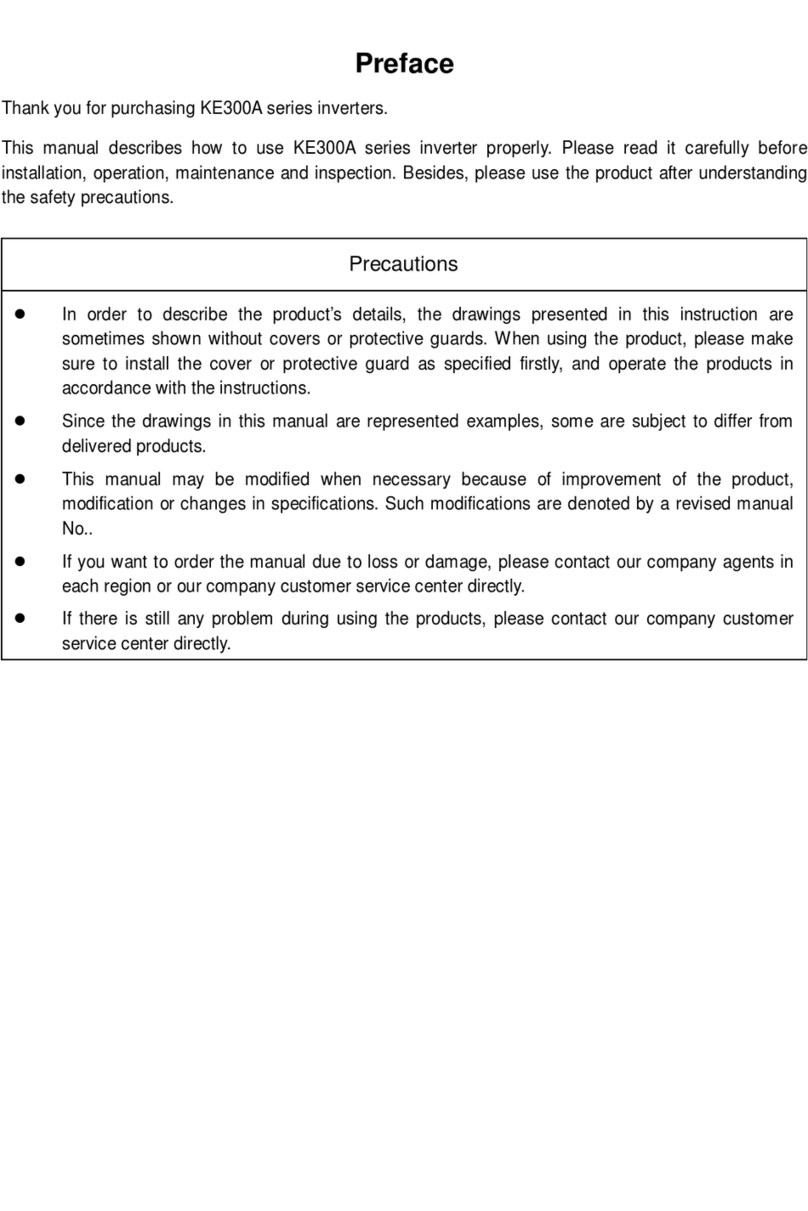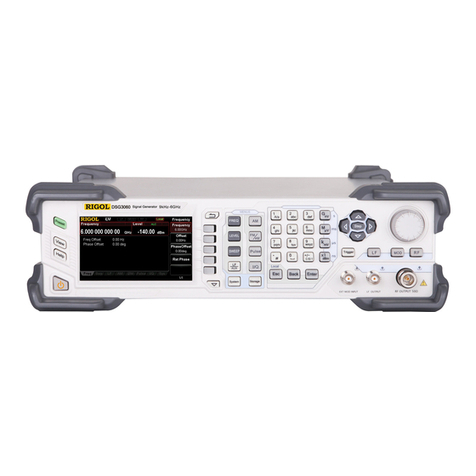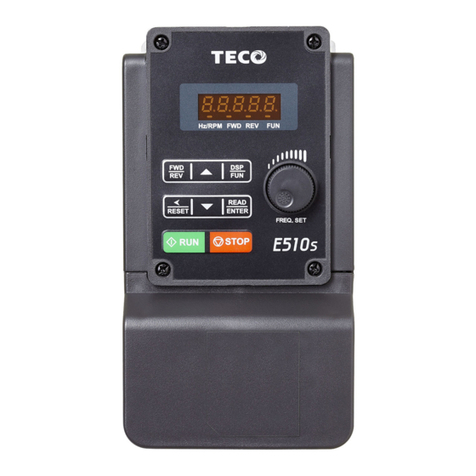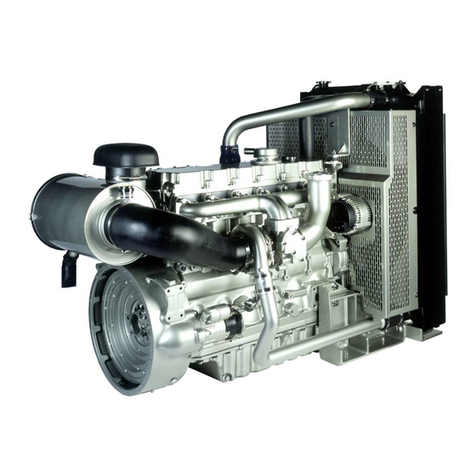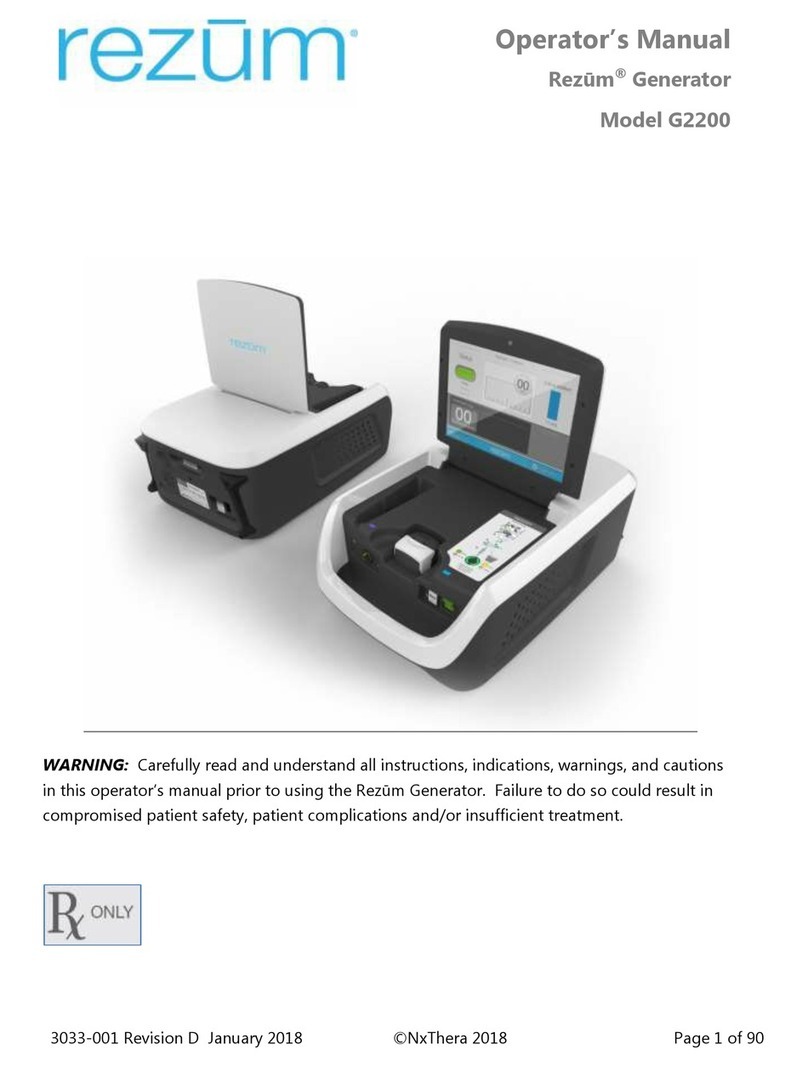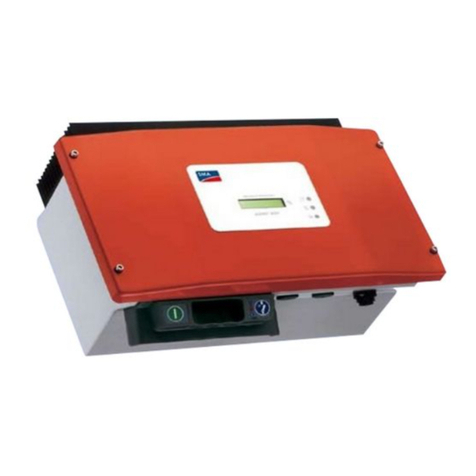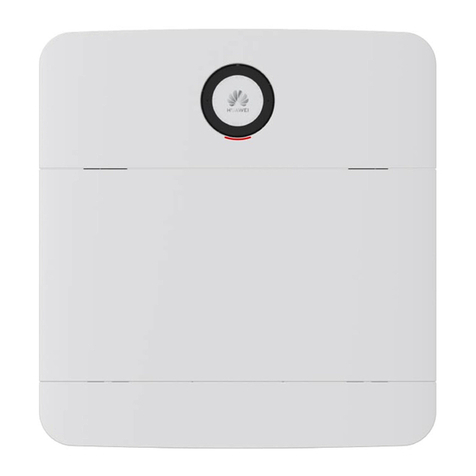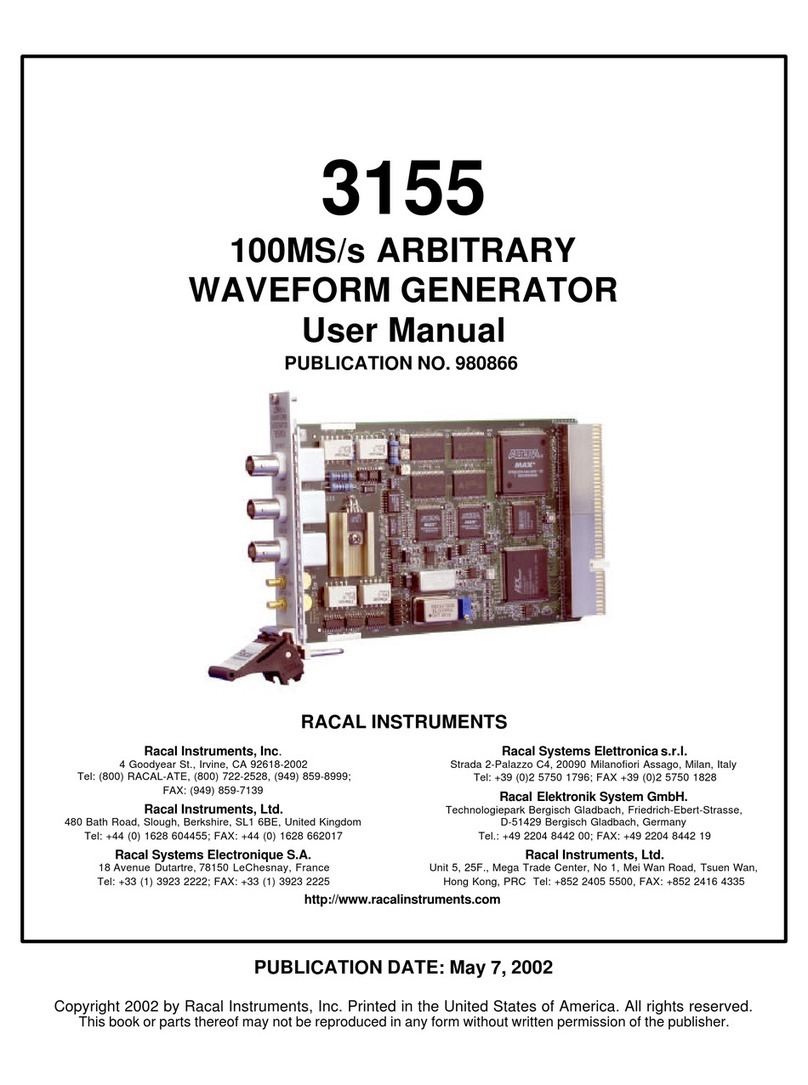HoSa Solar PSO-01 User manual

Basic parameters of the PSO-01solar oven:
-weight: 7.4 kg
-chamber volume: 25 liters
-package: 62 x 52 x 40 cm
-maximum temperature reached for the latitudes of Bulgaria: 140°C
SOLAR OVEN PSO-01
With no additional reflectors With additional reflectors
Despite its peculiarities the use of solar oven is much easier than you may have
expected. The simplest way to learn how to use your SO is starting to cook in
practice. After using it a few times, you will become more confident.
Do not limit your ideas, experiment! The solar oven is much more favorable to
your mistakes than conventional electric or gas stove - nothing is going to burn
here.
Deployment
Put your solar oven on a sunny place that is not threatened by shadowing of
trees, buildings and others. Remember that the area that is now lit by the sun,
may later in the day be overshadowed by trees, buildings and other large objects
as the sun moves through the sky.
Installation
Detach the strap that holds the reflectors together. Lift and unfold the reflectors
and place them onto the wooden frame.
The lock that holds the glass lid is closed tight before delivery - loose it from ¼
to ½ turn to operate more easily.

Focusing
Point the front of the solar oven to the sun. Stand behind the SO and check
shadows on both sides - shadows must be equal. Tilt SO forward enough to
eliminate shadows in the front and the rear part of the chamber. Hold this
position by placing the Rear Support Rod (RSR) in the proper hole. Check again
whether the oven is properly oriented to the sun (permissible is minimal side-
shading of the inner chamber). Except RSR, an ordinary piece of wood or other
suitable object could also be used.
With the progress of the cooking process it is necessary from time to time to
readjust the orientation of the solar oven to the sun. We recommend slight
correction every 30 minutes to eliminate shadows in the chamber. If you can not
correct targeting for an extended period of time, orientate to where the sun will
be located in the strongest period (between 11 am and 2 pm.).
The solar oven works best in clear sunny days. Passing clouds can slow, but not
stop the cooking process.
Preheating and precleaning
In the first use of a solar oven and before food being put, leave the oven in the
sun for 60 to 90 minutes, with tightly closed and locked glass cover. After the
temperature of 120 °C is reached, leave to cool and thoroughly clean the
chamber and the glass cover with a nonabrasive detergent. Thoroughly clean the
portion of the glass cover, which lies on the black obturator. Now you are ready
to start cooking.
Cooking
Place a cooking vessel with food onto the sway-tray in the inner chamber. Close
and lock the glass lid. Use mittens to remove the vessel.

General cooking tips
Cooking in the SO is a natural and subtle method that requires much less liquid
than conventional methods. Food internal juices play this role - the result is that
food prepared this way has an extraordinary juicy taste. Therefore the liquid
should be reduced by at least a third compared to what conventionally is used in
cooking rice, stews or sauces.
The food in SO burns not, so you do not need to stir.
After-cooking actions
Upon completion of the cooking process remove the moisture from inside the
oven by wiping with a dry cloth. When not in use, it is recommended not to
close tightly and not to lock the glass lid.
Maintenance
The maintenance of a solar oven is minimal. You need to use non-abrasive
detergent to maintain the reflectors and glass cover clean. If the reflector and
glass surfaces are not properly cleaned, the solar oven could not reach the proper
temperature.
Frequently Asked Questions
What temperature is achieved in the solar oven?
Given Solar oven, the cooking temperature depends on geographical factors and
the mode of operation:
geographical factors
- Latitude;
- Day of the year;
- Time of the day;
- Physical state of the atmosphere - humidity, pollution, clouds;
- Altitude;
mode of operation
- Targeting (focusing) the solar oven to the sun;
- Cleaning of the reflectors and the glass cover.

Given place and day of the year, the maximum temperature of the solar oven is
reached by the simultaneous fulfillment of the following four conditions:
- cloudless and dry weather;
- the sun being in its climax - which occurs at noon;
- properly targeted (focused) solar oven;
- well cleaned reflectors and glass cover.
The maximum operating temperature of the air reached inside the chamber is
140 °C for the latitudes of Bulgaria.
What meal types can be cooked in a solar oven?
With the exception of frying, you can cook in a solar oven anything you can
cook on gas, electric, solid fuel stove or cooker. You can boil, bake and stew.
Frying requires stirring of the food, which is not applicable in the solar oven.
1. Boiling by immersion of the food stuff in a liquid heatcarrier at normal
atmospheric pressure in a vessel with a lid.
Heatcarrier: water, bouillon, milk, sugar syrup, etc. Heatcarrier temperature: 90-
110 degrees.Types of products subject to heat treatment in this model:
vegetables, grains and legumes, pasta, meat, poultry, fish, eggs and others.
This is the most universal method of a heat treatment.
Boiling in the solar oven could also be used as a first stage before baking. Meat
is boiled in a pot in SO, then transferred to a baking tray, with rice and spice
being added, and all that shoved again for baking in the solar oven.
2. Low temperature baking.
Heatcarrier: air.
Heatcarrier temperature in the solar oven: up to 140 degrees.
The method of baking at low temperature is suitable for lean meats. Knuckle for
example, could not be baked at low temperature, therefore is unsuitable for solar
oven.
Doughstuff with no yeast could also be baked in SO.
3.Stewing food in a little liquid or in its own juice in a vessel with a lid.
Heat carrier: water, bouillon, milk, the own juice, steam - generated from the
boiling liquid.
Heat carrier temperature: 100-102 °C.
The method is suitable for vegetables, meat, fish.

How much food could be prepared in a solar oven?
This question has no simple answer. The amount of food that could be prepared
in a reasonable time shоuld be established by experience.
How long does cooking in a solar oven take?
The cooking time is greater than in a conventional oven. The slower cooking is
compensated by the advantages of SO - preserving nutrients, juiciness and
excellent taste.
Cooking time depends primarily on the intensity of solar radiation (and that
intensity in turn depends primarily on geographical factors), the meal type and
its quantity, the proper SO handling.
The more number of times you open a SO, the longer the cooking takes. Each
opening of the solar oven adds 10-15 minutes to the cooking duration.
Do I need to control the cooking process permanently?
You can cook the food in SO in two ways. If refocusing SO every half an hour,
the duration of the cooking process will be shorter.
The other way is to prepare your lunch in SO in your absence. Many users direct
the SO in such a way as to be focused at lunch time, then go to their work. When
the sun approaches climax, the chamber temperature gradually rises and the
cooking begins. When the user is back, his lunch is already ready. Even if you
are late, the excellent insulation of SO keeps the food warm for hours; the
natural taste of the so prepared food is also preserved.
Is the taste of food the same as in a conventional oven?
The slow temperature increase in SO and as a result the lengthy process make it
possible to preserve the natural taste of the food. Therefore, the food cooked in a
solar oven as compared to the prepared with conventional methods is more juicy
and has a natural and refined taste.
Could I cook two meals simultaneously in PSO-01 solar oven?
The answer is Yes. PSO-01is designed so as to enable the simultaneous use of
several vessels. Several (two or three) small baking-trays or pots could be placed
on one another for simultaneously cooking different meals, incl. baking different
forms from the same dough.
Also, on the sway-tray can be placed two small pots together. You can even
remove the tray to maximize the useful volume of the chamber. If you remove
the sway-tray, place the vessel on a trivet. If you place the vessel directly on the

floor of the chamber, proper circulation of the air flow would be not possible
and the vessel will be heated unevenly.
What kind of cooking vessels should be used in the solar oven?
Vessel dimensions should match the dimensions of the inner chamber. In the
model PSO-01 the maximum permissible diameter of the pot is 28 cm provided
the height is 13.5 cm and the vessel is placed on the sway-tray. The smaller the
height the bigger the diameter of the vessel. If the sway-tray is removed, still
bigger vessels could be placed.
Мetallic vessels are permitted to be thin-walled as well as thick-walled. The
metallic lid of a vessel is recommended to be of a black color. If the metallic
vessel has a transparent lid, the metal part of the vessel should be black both
outside and inside.
Plastic vessels are not allowed.
For baking should be used dark coloured metal trays or pans.

Vessels of bright shiny materials should be avoided. The high reflectivity of
such materials reduces the effectiveness of SO.
When boiling or steaming food, covered vessels should be used. Under the
influence of heat, the water contained in the vessel and in the food itself
evaporates and if no cover the steam fogs the glass lid of SO and thus lowers the
temperature in the chamber.
Pyrex-type vessels can also be used - both colorless and colored.
Dough-products should be baked in no-lid-vessels.
The best thing is to keep the glass cover of the solar oven tightly closed (locked)
until boiling, then unlock -so fogging the cover will be prevented.
Do I need to stir the food?
In a conventional oven stirring the food is needed to avoid food-burning and
vessel-scorching, especially by fast temperature grow and when frying. In SO
food temperature and vessel temperature grow slowly and evenly, moreover no
frying is practised - so stirring is not necessary.
Could brown crusted meat be achieved?
In order poultry and other meat types to get crusted golden brown, sprinkle a
little sugar or spread honey before baking, then sprinkle red pepper.
How to refocus the solar oven so that the food does not spill?
PSO-O1 has a built-in camera leveler (representing a sway-tray fixed by two
screws and carrying the cooking vessel). The sway-tray prevents spillage when
the oven is tilted back and forth. Remember that the leveler does not protect
against spillage when tilted sidewise - so that tilt type should be avoided.
Is there a risk of burning myself while operating solar oven?
The inner chamber, the cooking vessel and the glass cover of the oven are
heated up to a high temperature. Always use mittens when removing the
cooking vessel. Reflectors and the outer part of the cage are not substantially
heated and could be operated without risk of burning.
What is the durability of SO?
Designed durability of SO is 15 years, but with carefull usage could be
prolonged to lifetime.

What materials is the solar oven PSO-01 made of?
Different parts of the SO are made of different materials. The reflectors and
inner walls are made of aluminium deposited electrolytically, which could not
corrode or be oxidized. The lid is of a tempered glass, outer casing - from poplar
tree and plastic. Between the inner and outer walls of the SO there is a thick
layer of fiberglass, serving as a heat insulator.
Could PSO-01 solar oven be used in the winter?
The solar oven could be used for cooking on a clear winter day. The intensity of
solar radiation is more important for successful cooking than the ambient
temperature. In winter, the air humidity is reduced and this further increases the
solar intensity as the absorption by the atmosphere is reduced.
Another important factor is the altitude - the greater the altitude, the larger the
solar intensity. In winter SO is most effective in the mountains. Solar ovens are
used with success in very cold places such as base camp at Everest ascent.
Regarding the suitable for solar cooking part of the day, summer cooking time
for Bulgaria is from 8am to 5 pm, while in winter the effective period is reduced
to 10am-2pm. In the high mountain up to 3pm.
Could PSO-01 be used for drying or
dehydrating food?
PSO-01 acts as a very good solar dryer. If
you place the glass cover of the oven on
the metal lock so as to form a gap of
about 1 cm, moist air will come out from
inside. At the same time the temperature
in the chamber will be not so high as to
start cooking process. solar drying of ginger
Could PSO-01 be combined with a solar parabolic cooker?
Yes, could be. The parabolic solar cooker is more powerful than the solar oven
and faster boils the same amount of food. So meat could be boiled first in the
parabolic in a covered pot, then transferred for baking in the solar oven in a
baking tray.

Could PSO-01 be used as a thermal box or thermal cooker - without sun?
The solar oven PSO-01 can successfully implement two extra functions with no
sun needed:
1. To keep hot (over 50 °С) already cooked meal for 3 hours and more, being in
the role of a thermal box. This is achieved by putting a special isolating cushion
between the pot and the glass lid.
2. To bring to an end cooking process that has already begun –with easy to cook
stuff as potatoes, vegetables, pasta –by the process of stewing. In this function
the solar oven plays the role of the so called “fireless cooker”.
Cooking sequence for preparing a dish as fireless cooker:
Step 1.The pot with easy foodstuff is boiled for 1-2 minutes –on electrical-,
gas-, wood stove, parabolic solar cooker.
Step 2.The pot is removed from the stove (or PSC) and placed at the bottom of
the solar oven. Cover with insulating cushion. The oven being finally closed
with the glass lid.
Step 3. The pot is pulled out after the required cooking time of 30-40 minutes. If
you are still not ready to eat, you can leave the pot in the oven, where the food
remains hot for hours as in a thermal box.
Directions for usage of the solar oven as thermal box or fireless cooker:
1. Recommendable pot filling with water and foodstuff above 50% and up to
80% of the pot volume.
2. The greater the food amount, the longer it remains hot. Small pots cool down
faster than large ones.
3. The solar oven can be placed in the kitchen.
4. SO as fireless cooker could be combined with parabolic solar cooker for
preheating of easy to cook stuff, thus increasing the capacity of the PSC.
5. Use a pot of up to 10.5 cm height, including the pot lid, to allow space for the
cushion.
Advantages of thermal cooking are many. The major of them: saves energy
and increases the capacity of the main cooking appliance –electrical-, gas-, solar
parabolic cooker.

: .
Solar oven PSO-01 used as thermal box or fireless cooker
Table of contents
Popular Inverter manuals by other brands
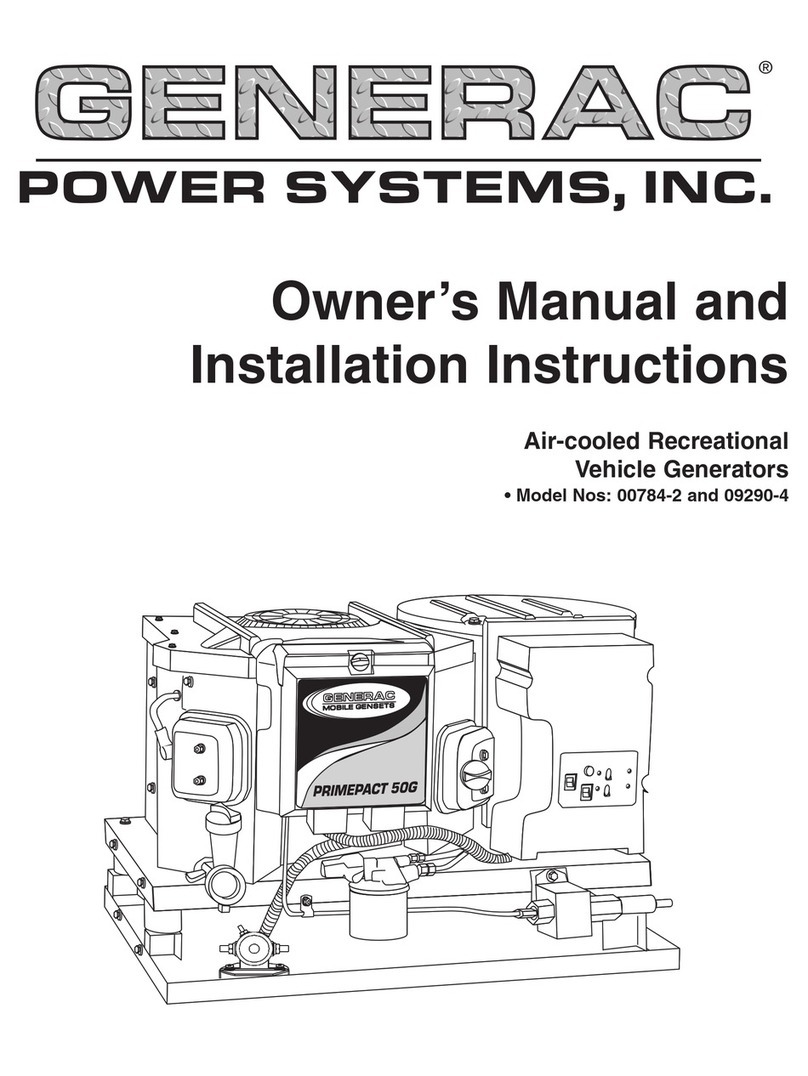
Generac Power Systems
Generac Power Systems 00784-2, 09290-4 Owners and installation manual
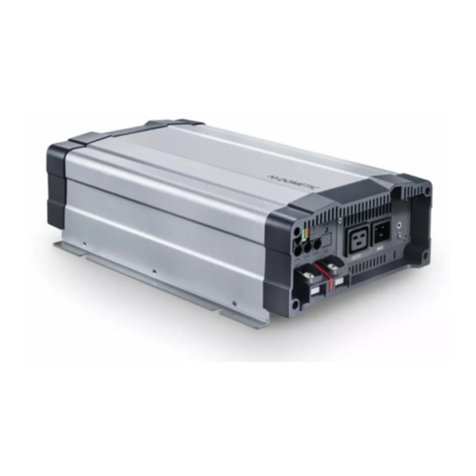
Dometic
Dometic MSI2312T Installation and operating manual
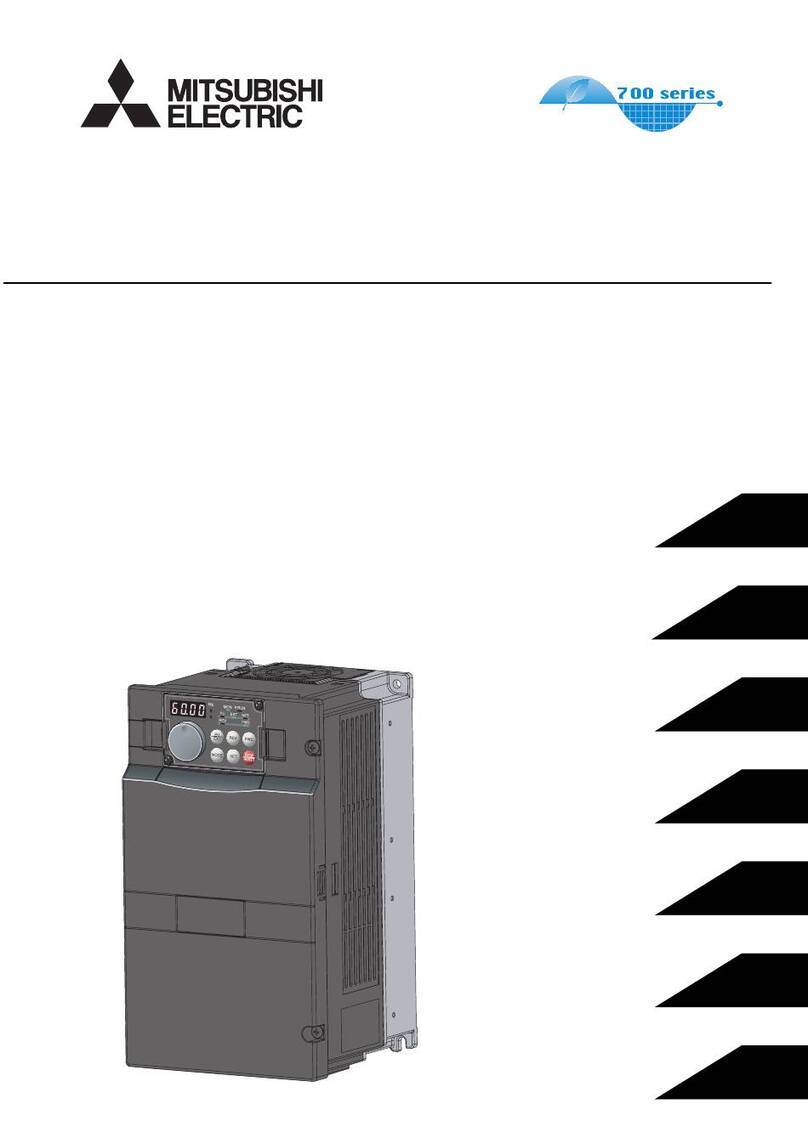
Mitsubishi Electric
Mitsubishi Electric FR-A720-00030-NA instruction manual
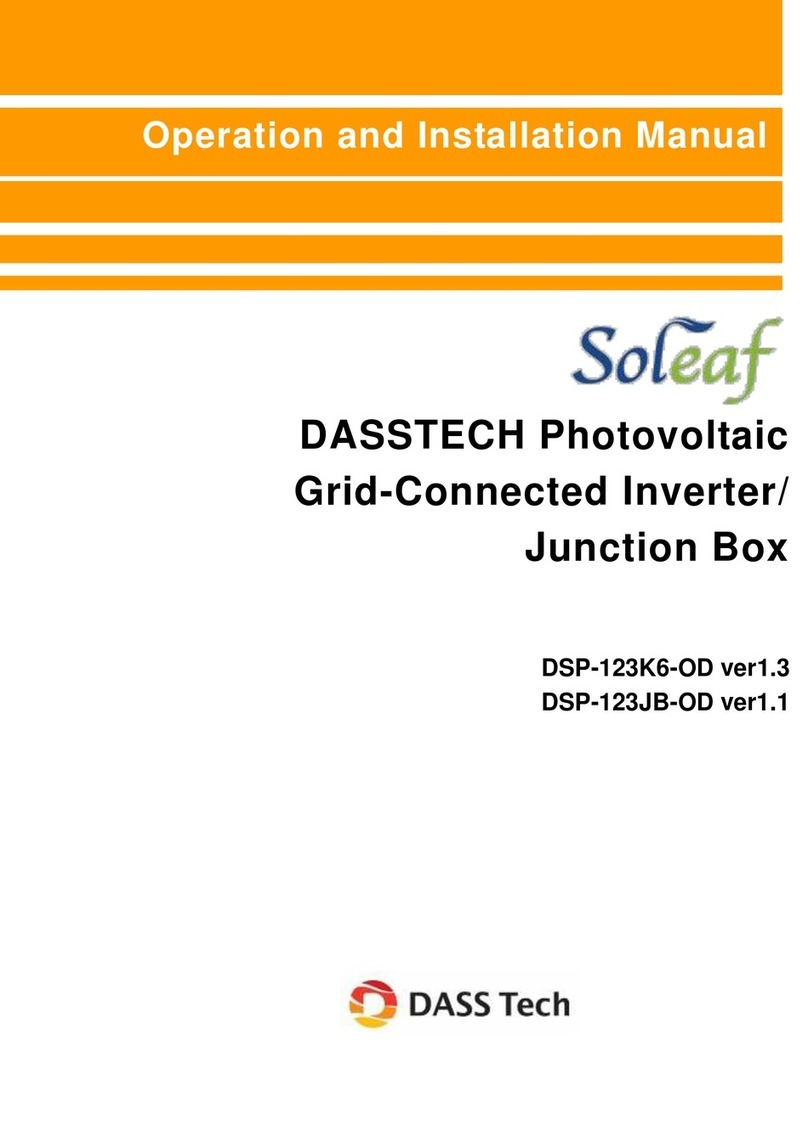
Dass
Dass Soleaf DSP-123JB-OD Operation and installation
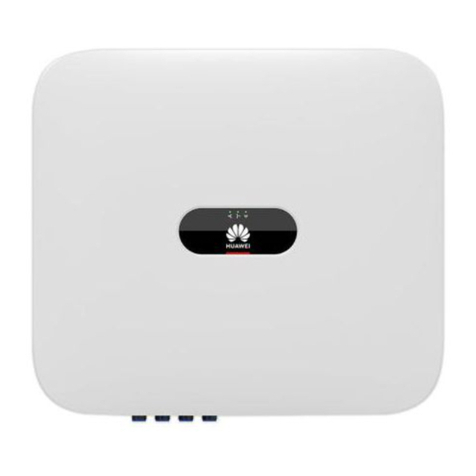
Huawei
Huawei SUN2000 M5 Series user manual
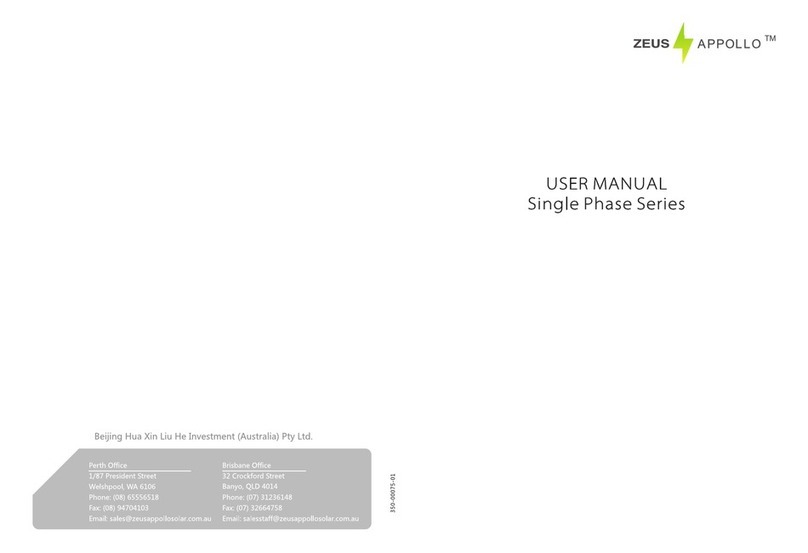
Zeus Appollo
Zeus Appollo Single Phase Series user manual

